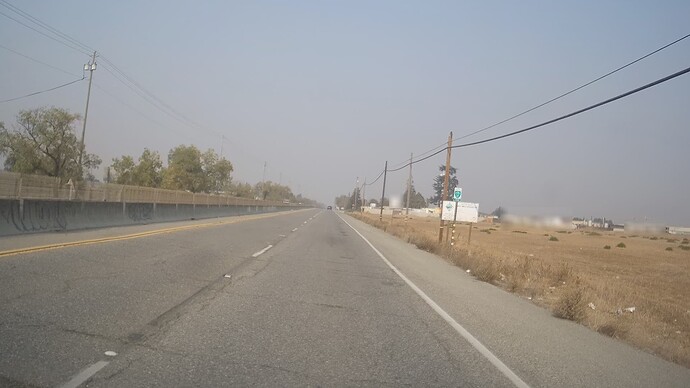I’m being careful here to thread many needles simultaneously, as the plot is historical, thick and somewhat complex.
California, through its Department of Transportation Caltrans, has recently applied to AASHTO to essentially complete (Phase II after Phase I already approved from Oregon to Daly City, south of San Francisco) United States Bicycle Route 95, extending from Daly City / Pacifica to its border with México (at Imperial Beach).
There is at least one long-existent-in-OSM “Pacific Coast Bicycle Routes” (PCBRs) which are either vestigial or proprietary, which USBR 95 in California is deliberately intended (as stated by its architect) to replace (USBR 95 replaces the proprietary ACA version, AND the “devolved-from-Caltrans-to-local-jurisdictions” version). One of these is the Adventure Cycling Association so-named route (private, deliberately not entered into OSM as it is proprietary and copyrighted, which would be in violation of OSM’s ODbL). The other is a route which used to be administered by Caltrans, but has devolved into being administered by counties and cities which were included along the route. These numerous belts and spurs along the route might remain in OSM as (purple) regional route segments, rather than the (red) “national trunk” of USBR 95. I do not say that as “tagging for the renderer,” this is beyond that.
In effect, this devolved route (not the ACA proprietary route, as USBR 95 intends to replace that) is little more than vestigial, having been essentially replaced by USBR 95 (California’s Phase II version now submitted to AASHTO). In OSM, there are northbound (https://osm.org/relation/7063452) and southbound (https://www.osm.org/relation/53722) relations as well as a super-relation (Relation: Pacific Coast Bike Route (7063453) | OpenStreetMap) tying these together.
What I propose is to simply delete the members of the now-vestigial relation members now overlapping with USBR 95 (after it is Approved by AASHTO, of course). This seems “cleanest,” though I welcome perspectives there may be merit in doing something of an OpenHistoricalMap (OHM) interpretation method of tagging PCBR as it fades away (is replaced by USBR 95 in California from Pacifica to México).
Really, I’m simply opening a discussion. I think what will end up happening is that “bits of purple belt and spurs called PCB(R) along USBR 95 in California will sometimes show up as locally-devolved-and-administrated components of a vestigial route glommed onto the newer USBR 95, which replaced this.”
I am in listening mode. I’m not terribly familiar with OHM principles and tagging. It seems both easier and correct to simply “duck out” those elements in the purple route (network=rcn) which are being “replaced” (superseded) by the USBR 95 red route (network=ncn). Thanks for any feedback offered.
Edit: An additional step which may make thing easier is this. Vestigial ACA routes are now (since 2012) tagged network=rcn. We might “further demote” the vestigial PCB segments to lcn (as “low as they go”), as they (the “devolved” segments) are (to the extent they ACTUALLY are!) administered by counties or cities…“lower” in the administrative hierarchy. That is, compared to international, national and regional routes. It all makes sense, really; demoting from purple (mid) to blue (low) while red (high, national) replaces (supersedes) allows heads to further nod. Feedback welcome.
